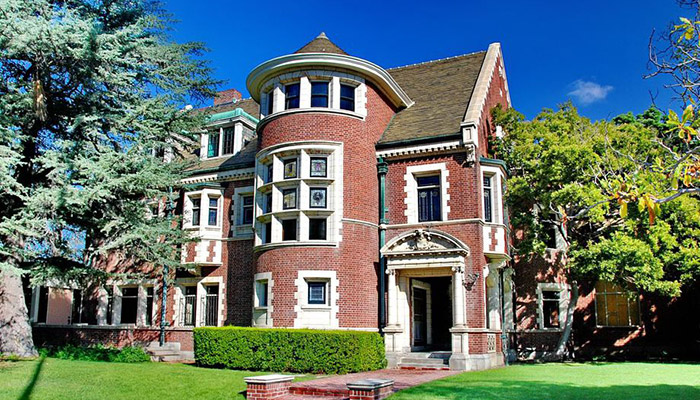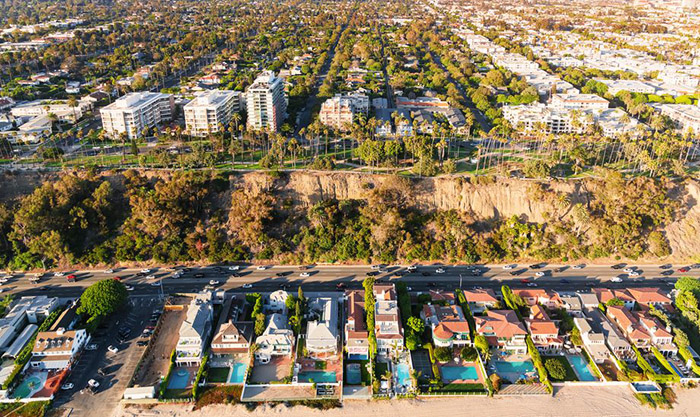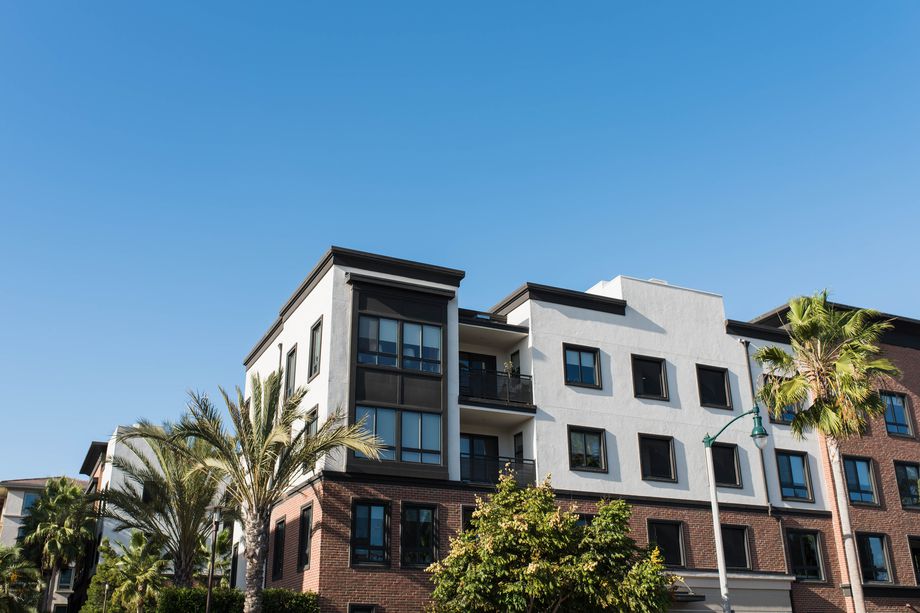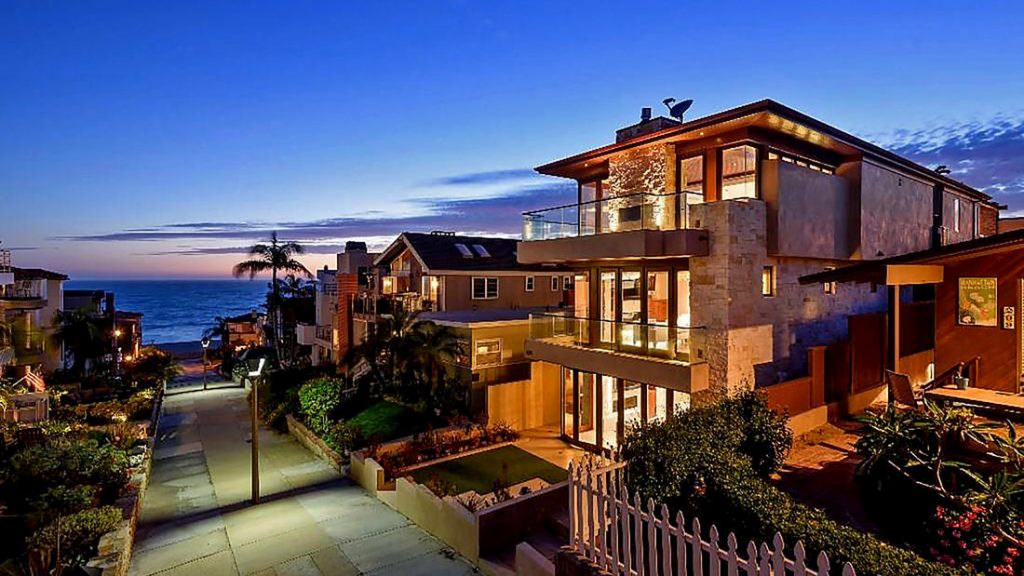Planning Commission backs 38-story tower with parking for 860 cars in Historic Core
Los Angeles city planning commissioners on Thursday unanimously signed off on plans to build a 38-story condominium tower in Downtown LA’s Historic Core.
Developer Barry Shy has been working on the project, named SB Omega, for more than five years. “The review process... has been extraordinarily exacting,” his planning consultant, Kate Bartolo, told the commission.
The plans still have to be vetted by the Planning and Land Use Management Committee ...
Construction starts on seven-story Skid Row housing complex
With a cadre of local officials beaming nearby, construction got started Thursday on an ambitious new affordable apartment complex in Skid Row.
Called the Six Four Nine Lofts, the complex will go up at the intersection of Seventh and Wall streets, rising seven stories and bringing 55 units of housing and a new medical clinic to the area.
The project is among the first developments to be funded through Measure HHH—a ballot initiative approved by ...
“American Horror Story” mansion’s new owners tormented by fans, ghosts
The new owners of the landmark Rosenheim mansion, famous for its role in the first season of American Horror Story, are suing the brokers who negotiated the 2015 sale, alleging the agents did not disclose that the house appeared in the TV show, The Real Deal reports.
That’s information that should have been shared, argue the mansion’s owners, actress Angela Oakenfold and her husband, cardiologist Dr. Ernst von Schwarz. Their lawsuit alleges that ...
Hollywood development across from unfinished Target moves forward
A Hollywood development that would face the sad, unfinished shell of a Target at Sunset Boulevard and Western Avenue is jumping forward with the release of its final environmental impact report.
The report details developer Reliable Properties’s plans for the two-acre site at the intersection’s northwest corner. Those plans include a six-story building that, if ultimately approved by the city, would bring 293 studio, one-, and two-bedroom apartments ...
Santa Monica cracks down on big, bulky houses
Are homes in Santa Monica getting too big? Local officials think so, and in a Tuesday meeting that lasted into the early hours of Wednesday morning, the City Council approved a new bill that temporarily limits the size of new single-family residences.
The average floor area of newly built homes in the city is around 5,000 square feet—more than twice the size of the typical American house, according to a city report. In Santa Monica, where cozy ...
Developer of Metropolitan Water District site to file plans for megaproject
A $600 million mixed-use project north of Downtown is inching closer to reality.
Palisades Capital Partners is expected to file an application with city officials for its $600 million, mixed-use complex at 1111 West Sunset Boulevard in Echo Park on Thursday, according to the Los Angeles Times. The property would rise on 5.5 acres at the former headquarters of the Metropolitan Water District on Sunset Boulevard near the interchange of Route 101 ...
Six-story apartment complex planned near Venice Boulevard in Palms
A row of single-family homes and a small triplex in Palms may soon be replaced with a six-story apartment complex, according to plans filed last week with the Los Angeles city planning department.
Located just off Venice Boulevard at 3739 South Cardiff Avenue, the project would add 74 new units of housing above an underground parking garage.
Property records show that the cluster of homes that would be razed to make way for the project were all ...
7 ways LA tried to solve its housing crisis in 2017
The lack of affordable housing in Los Angeles has become a difficult issue to ignore. With thousands of new units needed to meet demand (one recent study found a shortfall of 551,807 affordable residences), rents are rising steadily and many longtime residents feeling compelled to look for housing elsewhere.
Los Angeles City Councilmember Mike Bonin recently described the affordable housing shortage an “existential crisis” for the city—one ...
Kofi & Mimi Nartey Named to Angeleno Magazine’s Power Couples of 2018
A devotion to sports, entrepreneurship, cultural diversity, and giving is at the heart of Mimi and Kofi’s dynamic partnership. Both born in the United States to American mothers and Ghanaian fathers, Kofi and Mimi met while she was playing soccer for Ghana’s 2003 Women’s Team at the FIFA World Cup in Los Angeles, and his father hosted a team dinner. “A day or two after that dinner, I was asked to do an interview with the Los Angeles Times,” ...
Neighborhood Spotlight: Manhattan Beach
Long before the first Europeans set foot on the shores of Santa Monica Bay, it was, from the mouth of Ballona Creek southward, fronted by massive sand dunes.
The Spanish called the area Rancho Sausal Redondo, meaning “round clump of willows,” although there were no willows and precious few trees where the city of Manhattan Beach now stands.
Although it was in a remote region far from the growing city of Los Angeles, in the late 19th century ...









